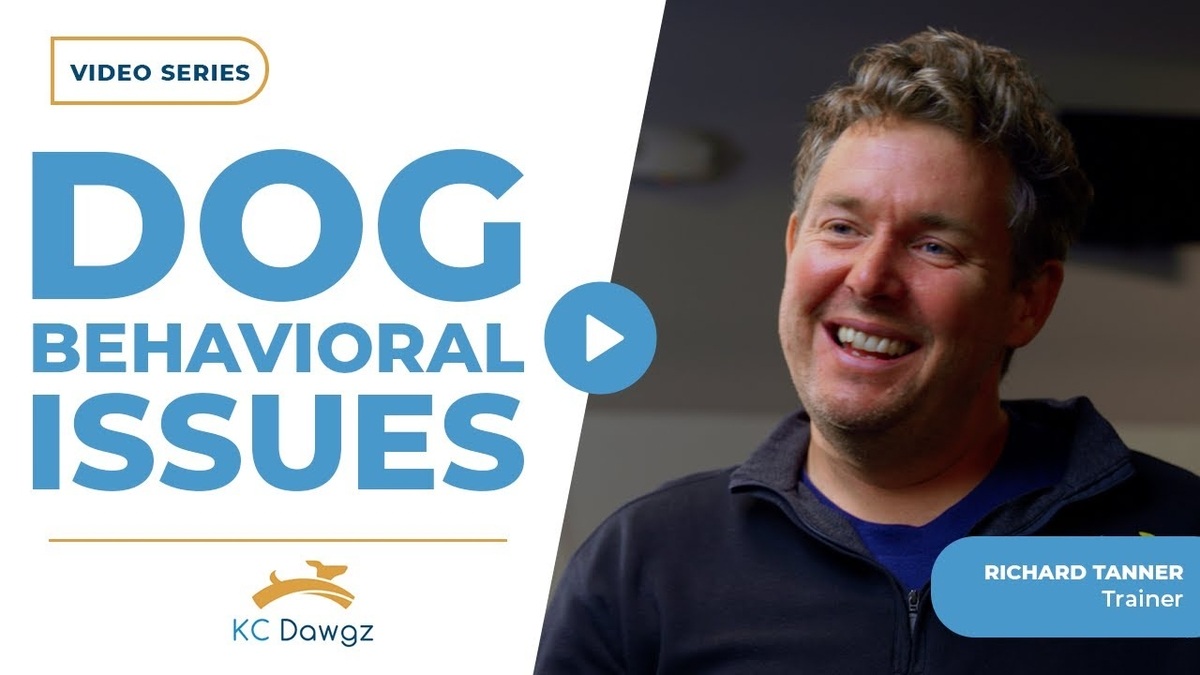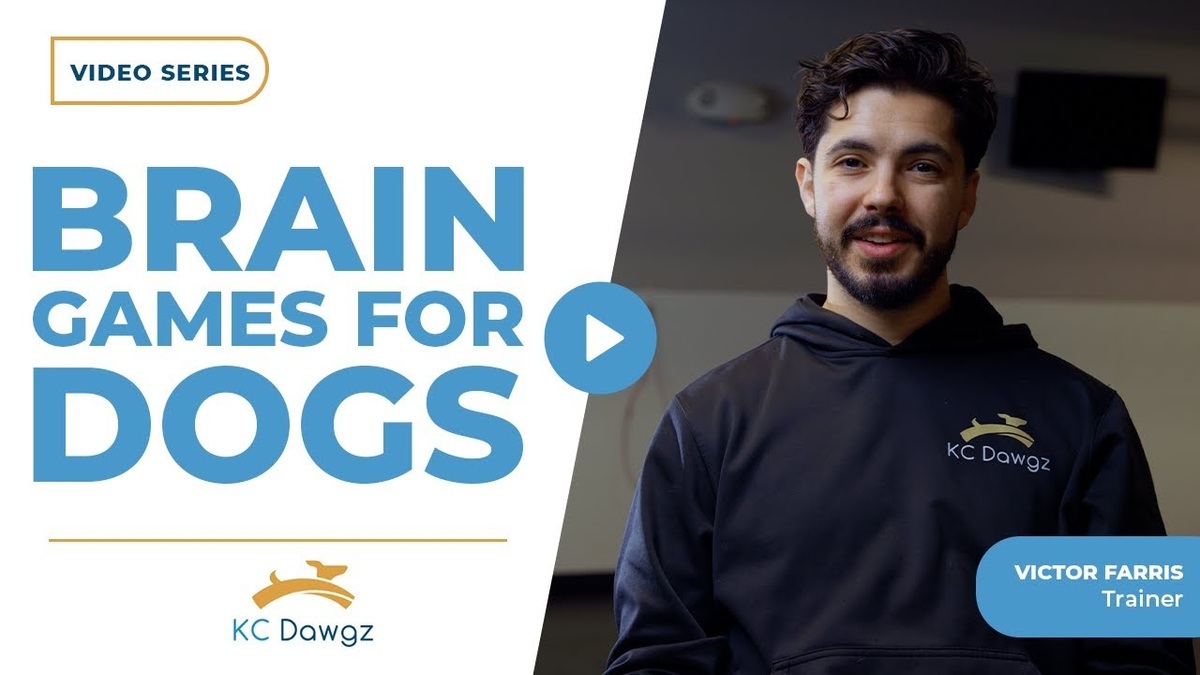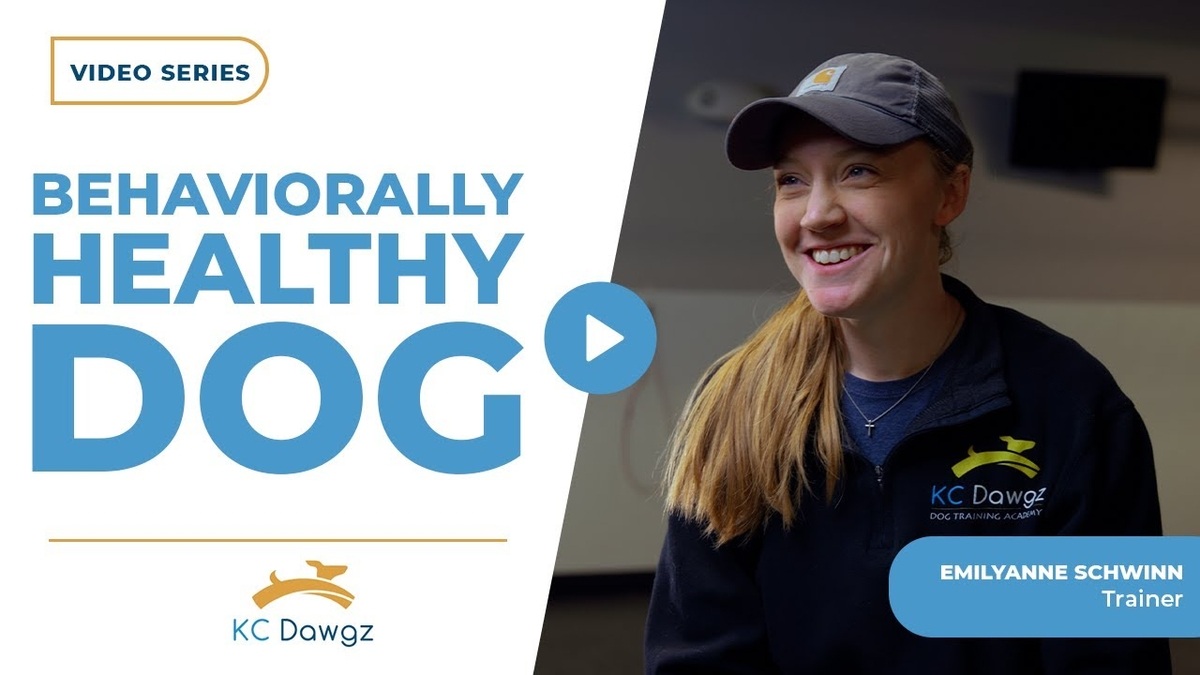Many people want a simple way to read the characteristics of a dog and decide if the behavior they see each day is healthy. The clearest signs show up in how the dog handles routine noise, new environments, and brief moments of pressure. These small reactions reveal stability better than any single command or skill.
Characteristics of a Behaviorally Healthy Dog
A healthy dog demonstrates confident neutrality. Your dog can notice new sights and sounds, remain composed, and recover swiftly after brief stress. Aim for balance rather than boldness.
Key traits to look for:
- Maintains a loose, relaxed posture when encountering something new
- Diverts attention from distractions and reorients to you
- Follows simple commands in public, such as sit or heel
- Settles on a bed or in a crate without fuss
Key Takeaway: Reinforce calm routines in various settings. Skills are retained when your dog practises them in daily life, not just in class.
How to Spot Healthy Stress Management
Stress is a part of life for all dogs. Behaviorally healthy dogs choose safe and constructive ways to cope when feeling uncertain, returning to normal promptly.
Healthy Coping Behaviors Include:
- Checking in with you for guidance
- Moving to a safe space, such as a kennel or quiet room
- Chewing a bone or using a puzzle toy for self-soothing
- Quickly returning to normal after being startled
Red Flags To Watch For:
- Repetitive pacing or continuous whining
- Licking a sore spot raw or other self-harm
- Staring at a trigger and refusing to break eye contact
Pro Tip: Teach a place command and reward your dog for going there when the doorbell rings. This creates a clear path from stress to calm.
Understanding and Dealing with Stress in Dogs
Stress is a normal aspect of every dog’s life. In small, well-managed doses, it helps them learn and adapt. Our goal is not to eliminate stress but to guide your dog through it with calm steps and clear direction.
What Does Normal Stress Look Like?
Mild stress often manifests in subtle ways:
- Ears shifting, mouth closing, brief freezing
- A yawn or shake after a surprise
- Turning to you for direction
- Choosing a chew, bed, or kennel to settle
If recovery is swift and your dog re-engages with you, that indicates a healthy pattern.
Step by Step: Helping Your Dog Through a Tough Moment
- Notice the Cue. Identify the first signs and remain calm.
- Create Space. Step back a few paces to alleviate pressure.
- Give a Known Task. Ask for sit, a place, or a look.
- Watch Recovery. Look for a softer posture and eye contact, then reward.
- End On A Win. Keep it brief and leave before it becomes overwhelming.
Pro Tip: Keep high-value treats handy in new environments. Reward check-ins immediately so that looking to you becomes the quickest route to safety.
What to Avoid During Stress?
Kind words are helpful, but excessive coddling can reinforce worry. Avoid:
- Endless petting or baby talk that keeps the dog stuck
- Allowing your dog to stare at the trigger without a task
- Getting too close, too quickly, or for too long
Key Takeaway: Small doses of stress, combined with distance, simple tasks, and quick rewards, build genuine resilience.
Need expert help in dog training? Contact KC Dawgz Training Academy for a free consultation.
What Does Healthy Play Look Like?
Good play involves a back-and-forth interaction. Dogs match each other’s energy, pause, then restart. You should observe loose movement and easy breaks.
Here’s a checklist for safe and fair play:
- Give and take, rather than one dog chasing non-stop
- Short breaks to shake off, sniff, then re-engage
- Loose tails, soft faces, and curved movement paths
- Quick response to your recall during play
If your dog ducks away, hides behind you, freezes, or cannot disengage, end the session and try again later with a better match.
How to Help Your Dog Maintain Emotional Balance
Set your dog up for success in new environments. Bring high-value rewards and acknowledge the behaviors you want. Keep initial sessions short and gradually extend them as your dog succeeds.
Here’s a simple plan for balance:
- Scout the space. Start far from triggers.
- Reward check-ins. Reinforce eye contact and calm sits.
- Add small steps. Move a few feet, settle, and repeat.
- End on a high note. Leave before your dog feels overwhelmed.
Avoid excessive coddling during stress. Warm support is beneficial, but allow your dog to utilise trained skills. Growth occurs from small doses of stress followed by guidance and rest.
Key Takeaway: Stress can build strength when the dose is small and the path back to calm is clear.
Quick FAQ: Is My Dog On Track?
- Can my dog relax at home without constant motion? Good sign.
- Can my dog disengage from a squirrel and look at me? Strong sign.
- Does my dog choose the kennel or a chew when unsure? Healthy coping.
- Do I see these signs in various settings? Generalisation indicates the habit is genuine.
You can identify a behaviorally healthy dog by calm choices, fair play, and quick recovery after stress. Build these skills with short, repeatable sessions, thoughtful rewards, and practice in different environments.
Ready to enhance your dog’s well-being and overall health? Schedule a visit with KC Dawgz Training Academy today. We will assess your goals, create a clear plan, and support steady progress.




